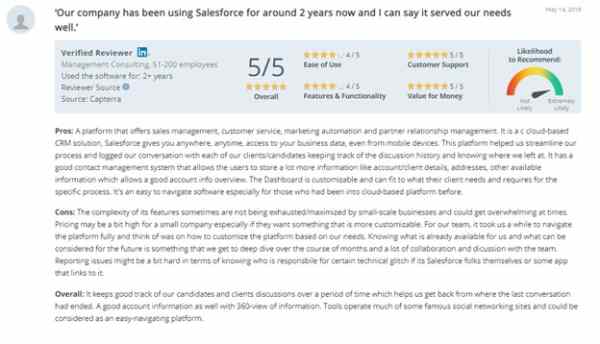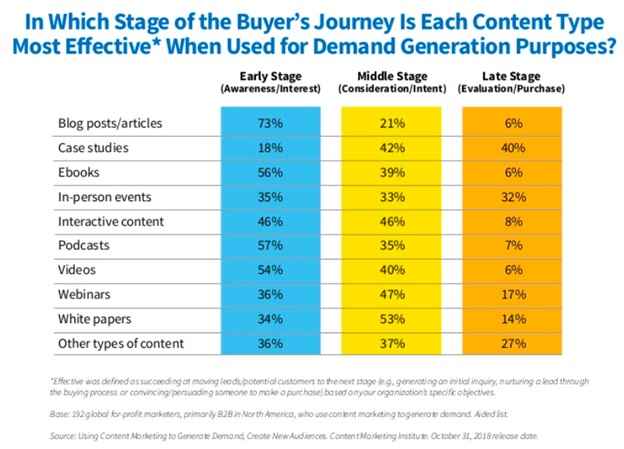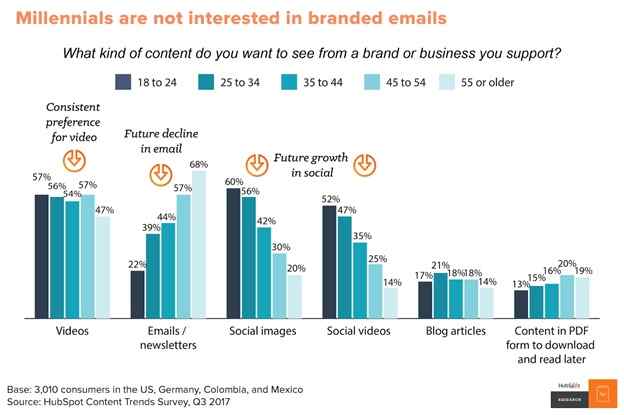You’ve heard the SEO cliché that “content is king.” But why?
By Taral Patel
For one thing, it works to establish credibility as a leader within your respective industry. But a more important reason is that it earns the trust and respect of your target customers. Therefore, your content needs to appeal to that select audience more than anyone else.
Many businesses get so wrapped up in the process of creating new, high-level content that they forget where their focus should really lie. Today, we want to talk about shifting your content marketing’s focus to those that support your company. Here’s how you can make all of your content interesting and relevant to your ideal buyers.
1. Really Listen to Them
If you’re willing to pay attention, you’ll find that your customers actually tell you what they want from your content.
- What do your customers love about your business idea?
- What do they dislike?
The more you can understand how your business helps them, what they want to see changed, and what they don’t understand, the more accurately you can target their concerns in your content.
Not only do you need to listen, but you also need to keep track of customer sentiment so that you can fuel better content topics. Every time you receive a piece of customer feedback, view it as a starting platform for your next marketing campaign. The opinions voiced in reviews are clearly important to at least one of your customers, and therefore they should be important to your business.

Image Source: Capterra
Take this review of Salesforce, for example. Even though it’s mostly positive feedback, the validated reviewer points out an area where they foresee complications. As a content marketer, you should view this information as solid gold. Forge a plan that expresses how the issue can be addressed and what your company is doing to make it easier. This will gain even more trust from your customers and place you in a better position for selling products in the future.
If your content isn’t clearly relevant to the people who are interested in buying your product, your customers could become 29 percent less likely to make a purchase with your business. Pay attention to what your customers want – they’re telling you. You just need to acknowledge their requests.
2. Understand the Information They Are Seeking
Let’s be honest: people aren’t reading your content for entertainment purposes. More often than not, consumers seek out content from businesses when they’re in the research phase of their buying cycle. They’re trying to decide which products they like and which companies they trust, and your content can play an integral role in that decision.
You need to contribute to your consumer’s research process. Each and every piece should have a clear take-away that easily applies to the audience and what they need to know. One way to ensure that happens is to provide good advice that the buyers can use throughout their purchasing journey.

Image Source: Content Marketing Institute
Depending on which part of the buying process a person is in, they’ll benefit from different kinds of material. That’s why it’s important that you provide a variety of information for them to use as they make purchasing decisions. For instance, blog posts are typically a valuable form of content during the early stages of research, but case studies are more valuable once a consumer draws closer to making the purchase.
Make your content evergreen, but also update it as necessary so that researchers can continuously benefit from it. Provide simple how-to guides and breakdown complicated theories that buyers need to understand. You may also want to introduce new concepts that people would need to research and provide advice that consumers feel they can trust.
3. Put Away Your Ego
According to Forbes, there are 2.5 quintillion bytes of data created each day at our current pace. Almost every company out there is producing content and marketing to an audience of some kind. Therefore, it’s silly and ineffective to focus on creating the “best” content on the market.
Put away your ego and focus on your customers’ needs instead of trying to create the most inventive, well-written, or ground-breaking reports. What do your customers need and how can your content marketing strategies give it to them? Even if their requests aren’t exciting or new, they’re what you need to focus on to be successful.
In order to reach your audience, you also need to think about how they like to consume content. You might like designing flashy infographics or high-tech videos, but if your audience doesn’t like to engage with those kinds of content, then you shouldn’t focus the bulk of your attention on them.
Your audience’s demographic can also influence the kind of content you need to produce. It doesn’t matter what you think is the “coolest” kind of marketing to rely on – if it doesn’t reach the right age group for your product, then it’s useless.

Image Source: Hubspot
Take a look at this information from Hubspot’s study a couple of years ago. Overall, every age group seems to like video. However, people ages 45 and above reportedly prefer emails and newsletters far more than younger generations do. On the other hand, young people love seeing social images from their favorite brands far more than older people.
Set aside your own personal preferences and pay attention to what kind of content your audience wants. If your customers don’t like long content, write short, concise pieces. If they love videos, increase your video production. Catering to your customers’ needs will take your business much further than competing with other brands’ content.
To Sum It All Up
Content rules in SEO, but only if it can attract the right people’s time and attention. If it hasn’t already, your business needs to begin prioritizing customers’ needs and desires above their own in terms of content marketing. Listen to their complaints and give them the information they’re seeking. Before long, you’ll realize just how powerful the right kind of content can be.
Taral Patel is a digital marketer specializing in content marketing. He works at E2M Solutions Inc as a content strategist and helps brands in building a prominent online presence through his advanced content marketing techniques. You can read his post How did a Blog Post Earn 10K Organic Traffic in 3 Months Without Promotion which explains some of his techniques for building organic traffic on your website. Connect with him on @connect2taral
Business stock photo by GaudiLab/Shutterstock







